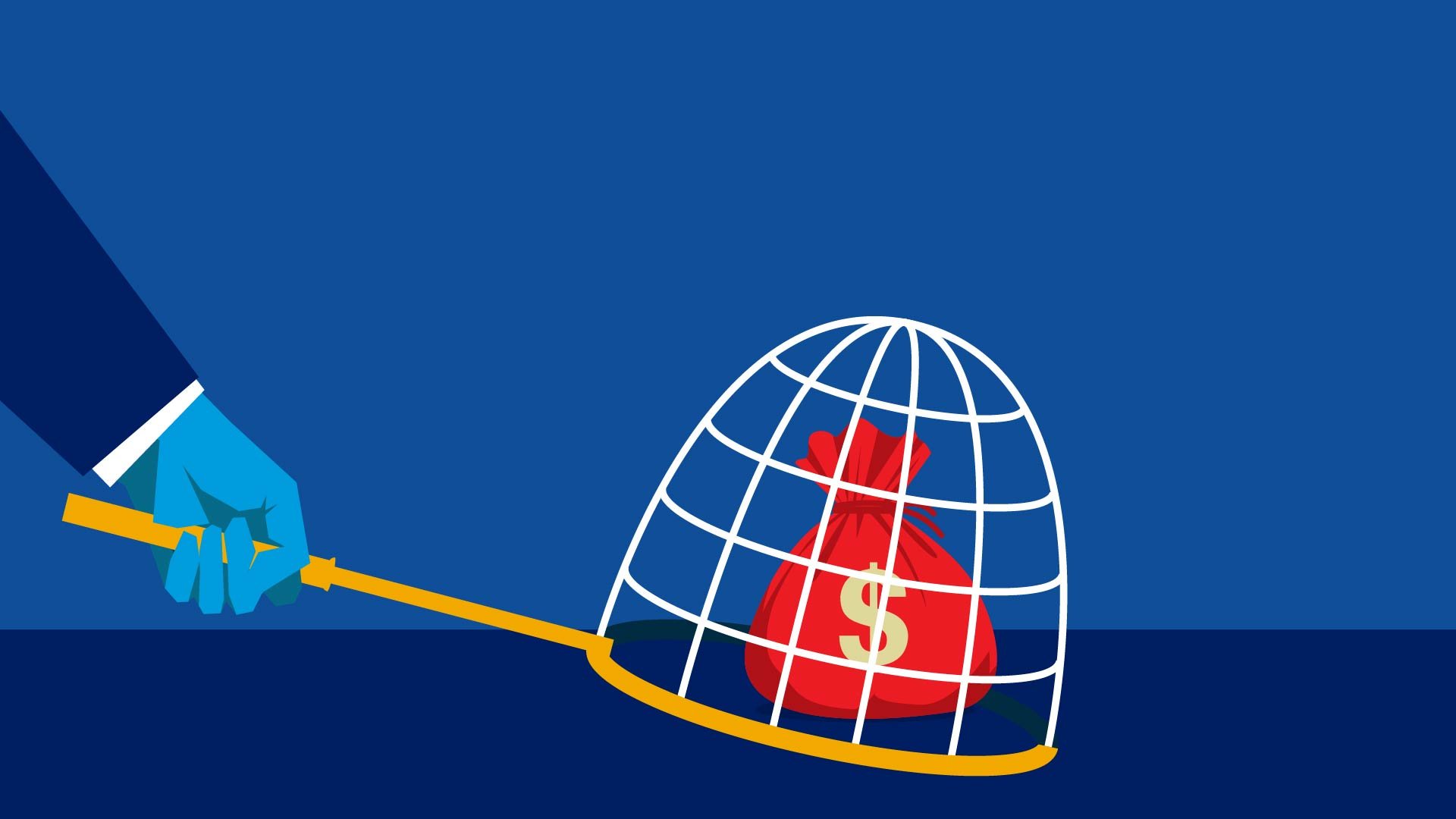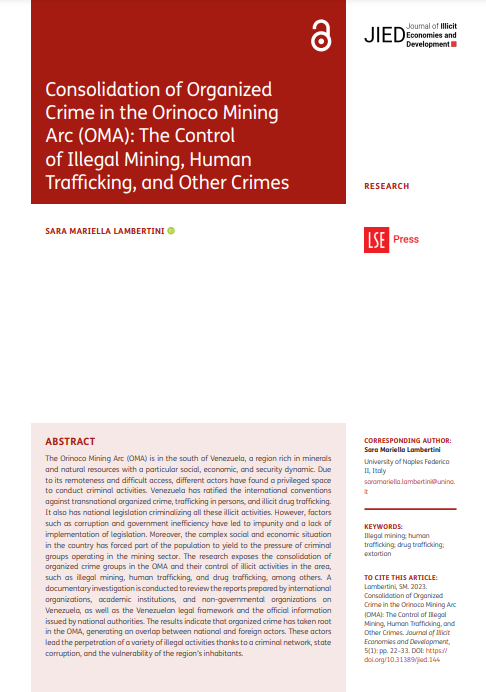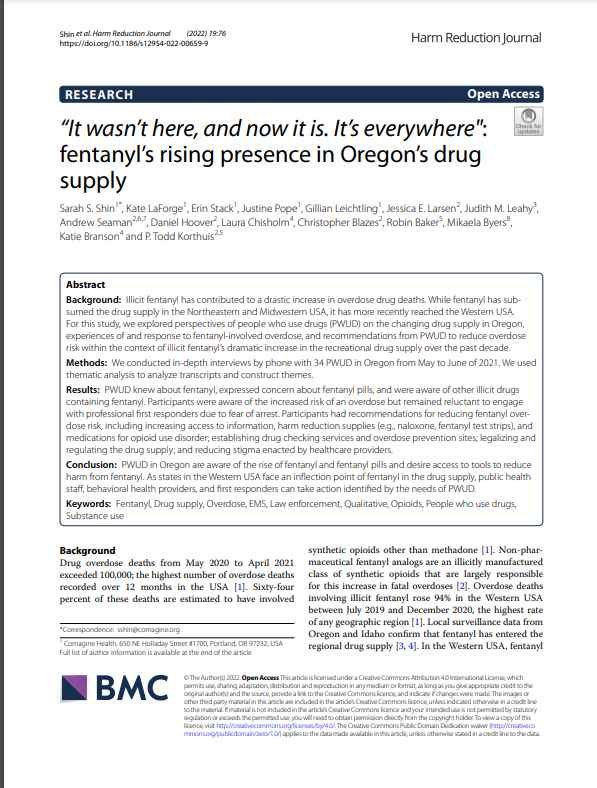By James Porteous
This report examines human trafficking linked to organised crime groups involved in illegal betting and related criminal activity in four key regions in Southeast Asia. Research was primarily via desktop information gathering conducted in 2022/23, supplemented by the expertise and existing knowledge of the Mekong Club and the Asian Racing Federation Council on Anti-Illegal Betting and Related Financial Crime in human trafficking and illegal betting, respectively. Key findings are: • Tens of thousands of people are being held in modern slavery conditions to work in organised illegal betting and cyber-scam operations across Southeast Asia. • These operations, which are run by individuals with long histories of involvement in illegal betting and organised crime across Asia, are estimated to make at least USD 40 to 100 billion a year in illicit profits from such activity. • Some individuals are recruited on false job advertisements, have their passports removed and are kept in dormitories attached to fully contained casino compounds as forced labour to promote illegal betting websites and engage in industrial-scale cyber-fraud such as “pig butchering”, romance scams, and cryptocurrency Ponzi schemes. • Workers are typically not permitted to leave without paying large ransoms to their captors, and can be sold and traded between organised crime groups. Fines for breaking rules or failing to hit monetary targets are added to victims’ ransoms. • Reports on victim testimony and online video shows “staff” being beaten with iron bars, shocked with cattle prods, tied up, and subject to other forms of torture. Female victims have been forced into sex work for failing to meet targets. • The groups running such operations have been active in organising and promoting gambling across Asia since at least the 1990s. Because many of the core activities in this business (e.g., movement of money across borders, violent debt collection, bribery of local officials, provision of related “entertainment” such as narcotics and sex), are illicit, such operations have by necessity been closely associated with, or directly run by, individuals with organised crime backgrounds. • In the early 2000s, this business was supercharged by the development of online gambling (both casino games and sports betting), run directly out of existing casinos or related properties, which massively increased the target market, and has grown to be a trillion dollar illegal industry funding organised crime. • Attempts to profit from this by governments in Southeast Asia, typically by licensing operators for a fee, have led to the spread of such operations across the region and had major negative impacts, including widespread corruption. It has also concentrated operations in self-contained compounds and so-called special economic zones which local police are often unwilling or unable to enter or investigate. • Hundreds of thousands of workers are required to serve the industry in marketing, customer recruitment, funds transfers, tech support and related fields. • Pre-pandemic, demand for workers was usually satisfied by voluntary means, although an unknown percentage of “voluntary” arrivals were held in modern-slavery like conditions, and there were related human trafficking aspects such as trafficking of sex workers to serve the industry. • This began to change in 2018 as a result of China’s growing concern over cross-border illegal betting, and change was accelerated massively by travel restrictions due to the pandemic, which cut off the supply of workers. • At the same time, the organised criminal groups had a key business line – land-based casinos – essentially closed down because of travel restrictions. As a result, they greatly expanded and developed existing cyber-scam operations, leveraging their expertise and technology in areas such as social media marketing, customer recruitment and cryptocurrency, which were in place from their online illegal betting operations. • Now, as the pandemic recedes, the organised crime groups running these operations have, in effect, hugely increased their potential revenue by complementing illegal betting with cyber-scam operations of comparable scale. • The success of such operations has been an enormous financial boon to organised crime, for whom cyber scams and illegal betting are just two of many illicit business lines that include money laundering as a service, illicit wildlife trafficking and production and distribution of methamphetamine and heroin. • The vast profits from such operations have provided plentiful ammunition to corrupt local authorities, and the operations in this group are frequently protected by powerful politicians and/or armed militias. • Global attention on the issue has not eliminated this activity, just displaced it into even more vulnerable jurisdictions, leading some to fear the industry could lead to geopolitical instability.
Hong Kong: Asian Racing Federation, 2023. 39p.





















